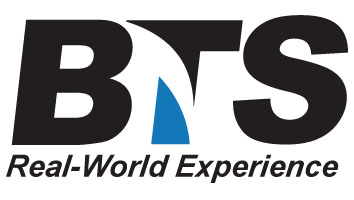This training teaches you how to install, operate, configure, and verify a basic IPv4 and IPv6 network, configure network components, such as switches, routers, and wireless local area network (LAN) controllers (WLNs), manage network devices, and identify basic security threats.
This training also covers the introduction of AI and machine learning (ML) in network operations.
The course also gives you a foundation in network programmability, automation, and software-defined networking.This course helps you prepare to take the Cisco Certified Network Associate (CCNA) exam. By passing this one exam, you earn CCNA certification.
This course is designed for anyone seeking CCNA certification. The course also provides foundational knowledge for all support technicians involved in the basic installation, operation, and verification of Cisco networks. The job roles best suited to the material in this course are
Entry-level network engineer
Network administrator
Network support technician
Help desk technician
The knowledge and skills that students are expected to have before attending this course are
Basic computer literacy
Basic PC operating system navigation skills
Basic internet usage skills
Basic IP address knowledge
There are no formal prerequisites for CCNA certification, but you should have an understanding of the exam topics before taking the exam.
Exploring the Functions of Networking
Introducing the Host-To-Host Communications Model
Operating Cisco IOS Software
Introducing LANs
Exploring the TCP/IP Link Layer
Starting a Switch
Introducing the TCP/IP Internet Layer, IPv4 Addressing, and Subnets
Explaining the TCP/IP Transport Layer and Application Layer
Exploring the Functions of Routing
Configuring a Cisco Router
Exploring the Packet Delivery Process
Troubleshooting a Simple Network
Introducing Basic IPv6
Configuring Static Routing
Implementing VLANs and Trunks
Routing Between VLANs
Introducing OSPF
Building Redundant Switched Topologies
Improving Redundant Switched Topologies with EtherChannel
Explaining the Basics of ACL
Enabling Internet Connectivity
Introducing AI and ML in Network Operations
Introducing System Monitoring
Managing Cisco Devices
Securing Administrative Access
Implementing Device Hardening
Exploring Layer 3 Redundancy
Introducing WAN Technologies
Introducing QoS
Explaining Wireless Fundamentals
Introducing Architectures and Virtualization
Explaining Software-Defined Networking
Introducing Network Programmability
Examining the Security Threat Landscape
Implementing Threat Defense Technologie
Instructor-Led with numerous Hands-On labs and exercises.
BTS always provides equipment to have a very successful Hands-On course. BTS also encourages all attendees to bring their own equipment to the course. This will provide attendees the opportunity to incorporate their own gear into the labs and gain valuable training using their specific equipment.

